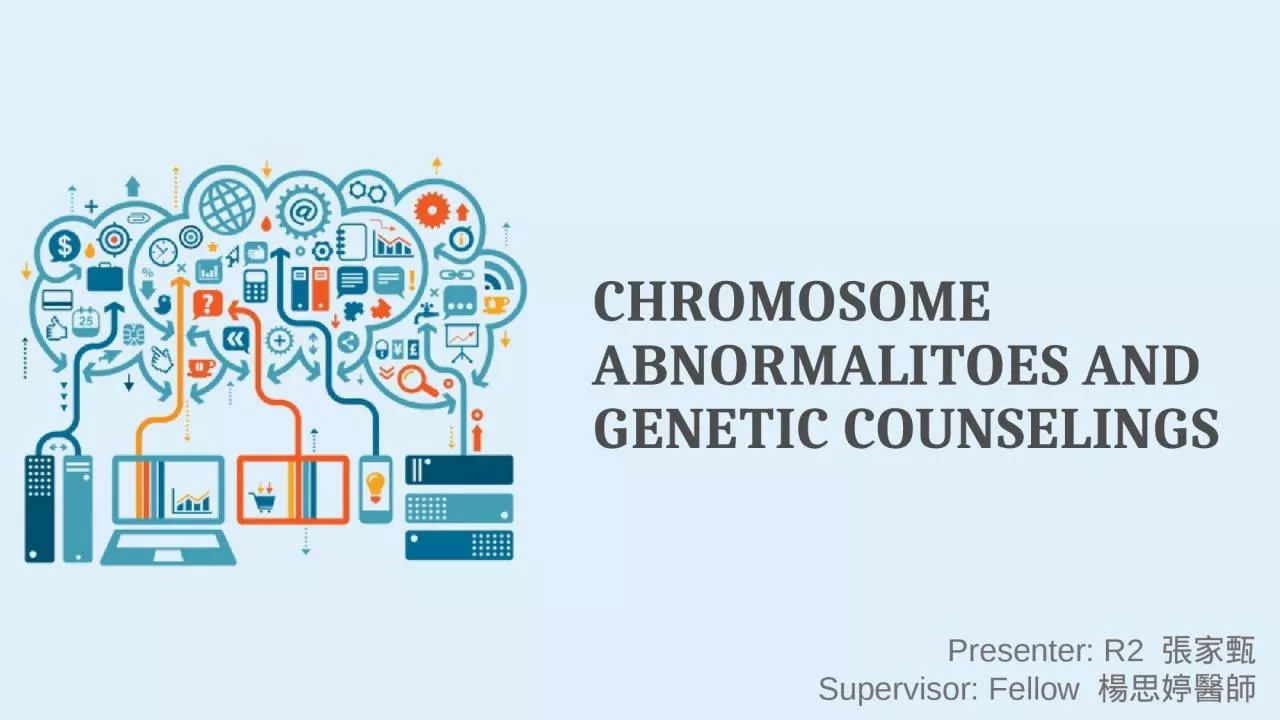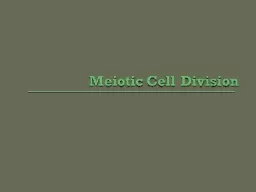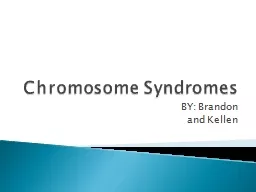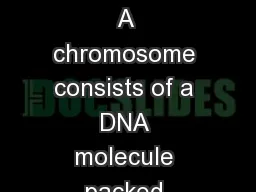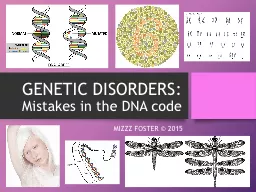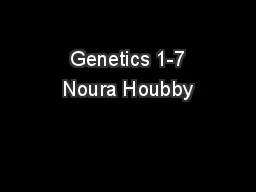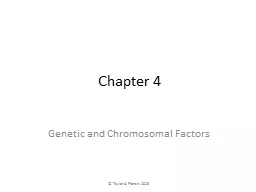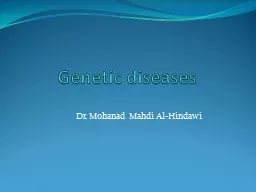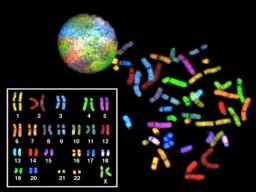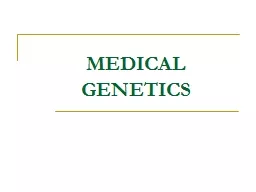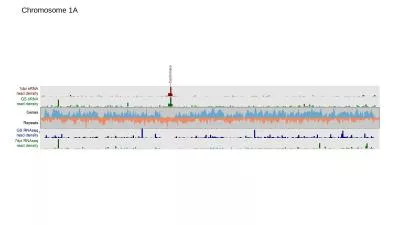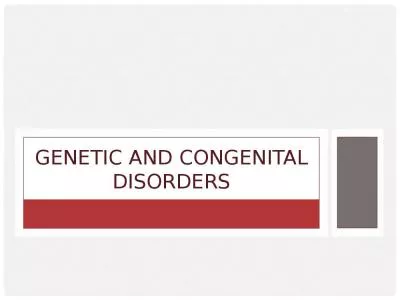PPT-CHROMOSOME ABNORMALITOES AND GENETIC COUNSELINGS
Author : summer | Published Date : 2024-02-02
Presenter R2 張家甄 Supervisor Fellow 楊思婷 醫師 Outline PART ONE BASIC CONCEPTS 2 Chromosome Analysis INTRODUCTION CLASSICAL CYTOGENETIC ANALYSIS
Presentation Embed Code
Download Presentation
Download Presentation The PPT/PDF document "CHROMOSOME ABNORMALITOES AND GENETIC COU..." is the property of its rightful owner. Permission is granted to download and print the materials on this website for personal, non-commercial use only, and to display it on your personal computer provided you do not modify the materials and that you retain all copyright notices contained in the materials. By downloading content from our website, you accept the terms of this agreement.
CHROMOSOME ABNORMALITOES AND GENETIC COUNSELINGS: Transcript
Download Rules Of Document
"CHROMOSOME ABNORMALITOES AND GENETIC COUNSELINGS"The content belongs to its owner. You may download and print it for personal use, without modification, and keep all copyright notices. By downloading, you agree to these terms.
Related Documents

